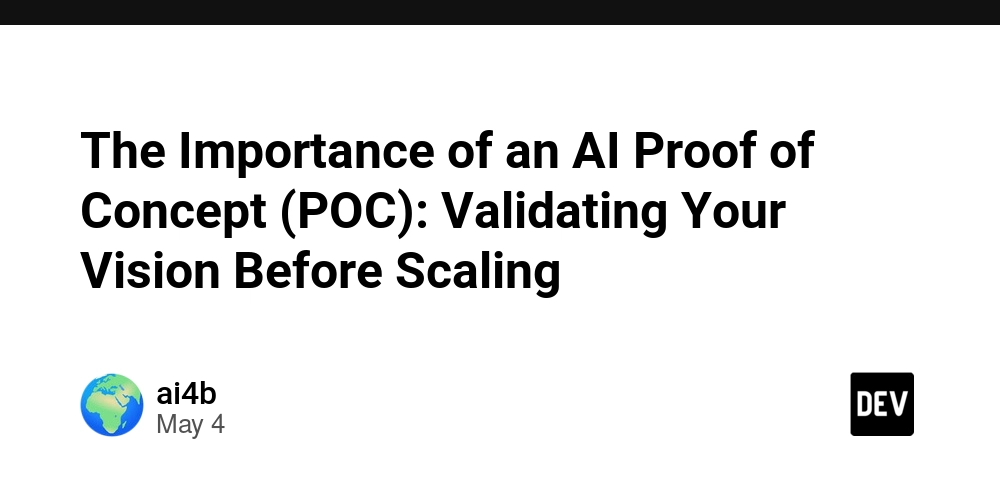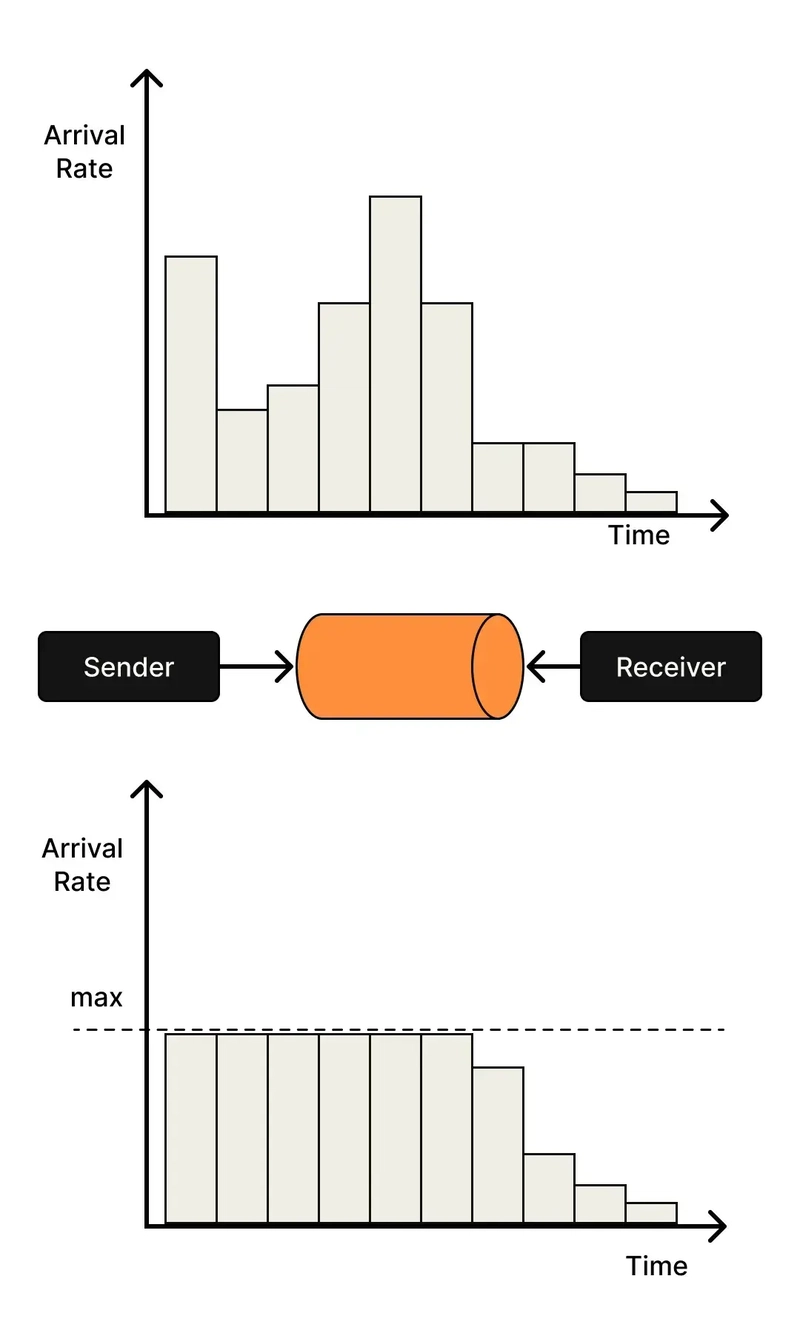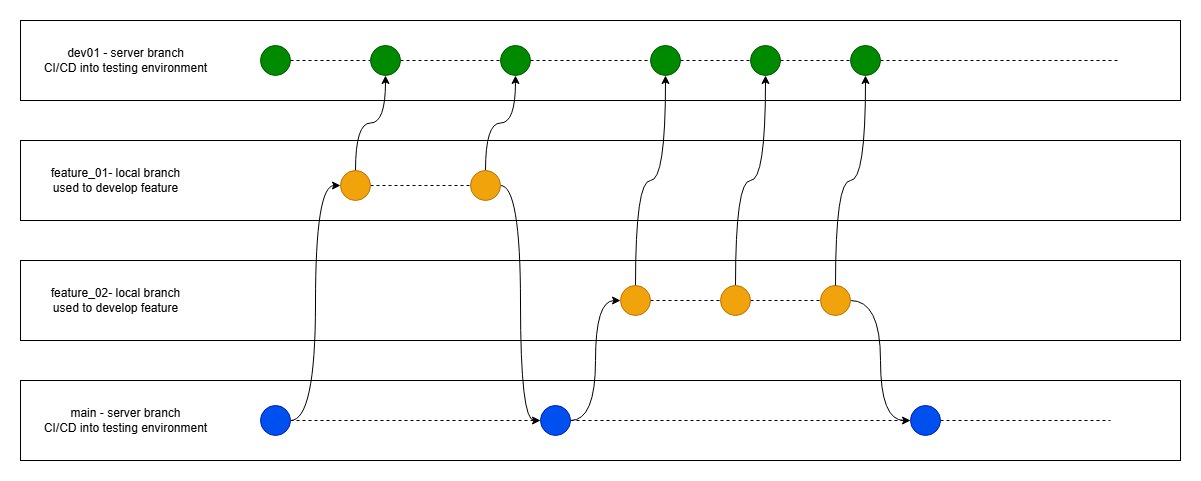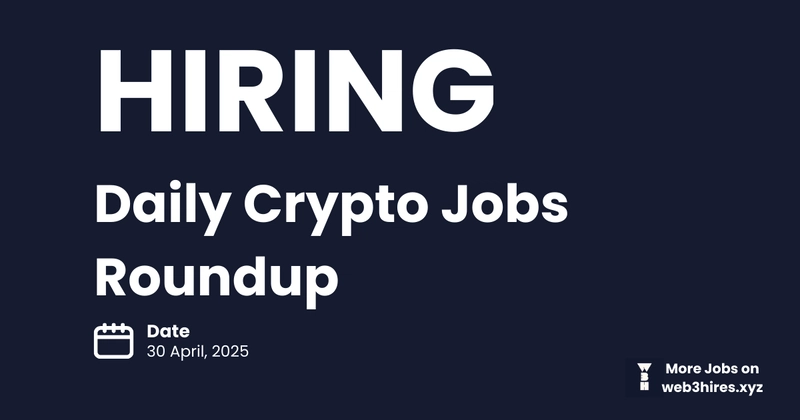The Importance of an AI Proof of Concept (POC): Validating Your Vision Before Scaling
Introduction In today's rapidly evolving technological landscape, artificial intelligence (AI) has emerged as a transformative force across industries. According to the Forbes Advisor survey, over 64% of businesses strongly believe that AI is the key to increasing their productivity, while 72% have already adopted AI business solutions in their daily operations. The AI market is projected to grow significantly, reaching $1,339 billion by 2030 (a dramatic increase from the $214 billion projected in 2024). However, implementing AI solutions can be complex, expensive, and risky without proper validation. This is where an AI Proof of Concept (POC) becomes invaluable - serving as a critical step between idea conception and full-scale implementation. This document explores why developing an AI POC is essential before committing substantial resources to scaling your AI vision. What is an AI Proof of Concept? An AI Proof of Concept (POC) refers to a method for testing an AI solution to gain clear insight into its feasibility. The main goal of creating an AI POC is the validation of the concept, the assessment of the solution's potential to address business needs, and the identification of possible challenges or problems. Generally, an AI POC can be described as the process of building a small-scale version of the proposed AI solution and exploring the model in controlled conditions to find out whether it aligns with the objectives of the AI project. In this way, businesses can easily determine whether it's a worthy investment before allocating significant resources to full development. Unlike a prototype that focuses on demonstrating functionality and usability, a POC is primarily concerned with answering the fundamental question: "Can this idea be brought to life successfully?" Why Start with an AI Proof of Concept? 1. Risk Mitigation Developing AI solutions involves substantial investment in terms of time, money, and resources. A POC allows organizations to test the waters before diving in completely: Concept Validation: Verifies whether the proposed AI solution can actually solve the intended problem. Technical Feasibility Assessment: Determines if the required technology, tools, and expertise are available to implement the solution successfully. Failure at Small Scale: If the concept has fundamental flaws, it's better to discover them during a small-scale POC rather than after a major investment. 2. Cost-Effectiveness The financial implications of developing AI systems can be significant. A POC offers a cost-efficient approach: Reduced Initial Investment: POCs require only a fraction of the resources needed for full-scale implementation. Informed Budget Allocation: Results from the POC provide valuable insights for more accurate budgeting of the full project. Prevention of Wasted Resources: Early identification of non-viable concepts saves organizations from pouring resources into projects that may ultimately fail. 3. Defining Clear Objectives and Success Metrics A POC helps clarify what success looks like: Concrete Goals: Translates abstract ideas into specific, measurable objectives. Benchmark Establishment: Creates baseline metrics against which to measure the final solution. Stakeholder Alignment: Ensures all parties share a common understanding of what the AI solution aims to achieve. 4. Identifying Technical Challenges Early AI development frequently encounters unforeseen technical hurdles. A POC brings these to light: Data Quality and Availability: Reveals issues with data access, quality, or quantity before full-scale development. Integration Complexities: Identifies potential problems with integrating the AI solution into existing systems. Performance Bottlenecks: Highlights areas where the AI model might struggle to meet performance requirements. 5. Building Stakeholder Confidence A successful POC builds trust and enthusiasm for the AI initiative: Tangible Demonstration: Provides stakeholders with concrete evidence of the solution's potential. Business Case Validation: Strengthens the business case with real-world results rather than theoretical projections. Investment Justification: Offers compelling evidence to secure funding and resources for the full project. 6. Facilitating Iterative Improvement The POC serves as a learning platform: Feedback Collection: Gathers valuable insights from users and stakeholders. Requirement Refinement: Helps clarify and adjust requirements based on practical experience. Model Improvement: Provides a basis for enhancing the AI model's accuracy and performance. 7. Ensuring Regulatory and Ethical Compliance POCs help identify and address compliance issues early: Regulatory Check: Verifies that the AI solution adheres to relevant laws and regulations. Ethical Assessment: Evaluates potential ethical implications o

Introduction
In today's rapidly evolving technological landscape, artificial intelligence (AI) has emerged as a transformative force across industries. According to the Forbes Advisor survey, over 64% of businesses strongly believe that AI is the key to increasing their productivity, while 72% have already adopted AI business solutions in their daily operations. The AI market is projected to grow significantly, reaching $1,339 billion by 2030 (a dramatic increase from the $214 billion projected in 2024).
However, implementing AI solutions can be complex, expensive, and risky without proper validation. This is where an AI Proof of Concept (POC) becomes invaluable - serving as a critical step between idea conception and full-scale implementation. This document explores why developing an AI POC is essential before committing substantial resources to scaling your AI vision.
What is an AI Proof of Concept?
An AI Proof of Concept (POC) refers to a method for testing an AI solution to gain clear insight into its feasibility. The main goal of creating an AI POC is the validation of the concept, the assessment of the solution's potential to address business needs, and the identification of possible challenges or problems.
Generally, an AI POC can be described as the process of building a small-scale version of the proposed AI solution and exploring the model in controlled conditions to find out whether it aligns with the objectives of the AI project. In this way, businesses can easily determine whether it's a worthy investment before allocating significant resources to full development.
Unlike a prototype that focuses on demonstrating functionality and usability, a POC is primarily concerned with answering the fundamental question: "Can this idea be brought to life successfully?"
Why Start with an AI Proof of Concept?
1. Risk Mitigation
Developing AI solutions involves substantial investment in terms of time, money, and resources. A POC allows organizations to test the waters before diving in completely:
- Concept Validation: Verifies whether the proposed AI solution can actually solve the intended problem.
- Technical Feasibility Assessment: Determines if the required technology, tools, and expertise are available to implement the solution successfully.
- Failure at Small Scale: If the concept has fundamental flaws, it's better to discover them during a small-scale POC rather than after a major investment.
2. Cost-Effectiveness
The financial implications of developing AI systems can be significant. A POC offers a cost-efficient approach:
- Reduced Initial Investment: POCs require only a fraction of the resources needed for full-scale implementation.
- Informed Budget Allocation: Results from the POC provide valuable insights for more accurate budgeting of the full project.
- Prevention of Wasted Resources: Early identification of non-viable concepts saves organizations from pouring resources into projects that may ultimately fail.
3. Defining Clear Objectives and Success Metrics
A POC helps clarify what success looks like:
- Concrete Goals: Translates abstract ideas into specific, measurable objectives.
- Benchmark Establishment: Creates baseline metrics against which to measure the final solution.
- Stakeholder Alignment: Ensures all parties share a common understanding of what the AI solution aims to achieve.
4. Identifying Technical Challenges Early
AI development frequently encounters unforeseen technical hurdles. A POC brings these to light:
- Data Quality and Availability: Reveals issues with data access, quality, or quantity before full-scale development.
- Integration Complexities: Identifies potential problems with integrating the AI solution into existing systems.
- Performance Bottlenecks: Highlights areas where the AI model might struggle to meet performance requirements.
5. Building Stakeholder Confidence
A successful POC builds trust and enthusiasm for the AI initiative:
- Tangible Demonstration: Provides stakeholders with concrete evidence of the solution's potential.
- Business Case Validation: Strengthens the business case with real-world results rather than theoretical projections.
- Investment Justification: Offers compelling evidence to secure funding and resources for the full project.
6. Facilitating Iterative Improvement
The POC serves as a learning platform:
- Feedback Collection: Gathers valuable insights from users and stakeholders.
- Requirement Refinement: Helps clarify and adjust requirements based on practical experience.
- Model Improvement: Provides a basis for enhancing the AI model's accuracy and performance.
7. Ensuring Regulatory and Ethical Compliance
POCs help identify and address compliance issues early:
- Regulatory Check: Verifies that the AI solution adheres to relevant laws and regulations.
- Ethical Assessment: Evaluates potential ethical implications of the AI system.
- Bias Detection: Identifies and addresses potential biases in the AI model before widespread deployment.
Key Steps in Developing an Effective AI POC
1. Define Clear Objectives
Begin by establishing specific, measurable goals for your POC:
- What business problem is the AI solution addressing?
- What specific questions should the POC answer?
- What metrics will determine success?
2. Scope Appropriately
Keep the POC focused and manageable:
- Choose a specific use case rather than attempting to solve every problem.
- Limit the feature set to core functionality.
- Set realistic timelines (typically 4-12 weeks depending on complexity).
3. Assemble the Right Data
Identify and prepare the data needed:
- Determine data requirements and sources.
- Address data quality, accessibility, and privacy concerns.
- Create a data preparation pipeline that can scale later.
4. Select Suitable Technologies
Choose appropriate tools and technologies:
- Evaluate different AI algorithms, frameworks, and platforms.
- Consider both short-term needs and long-term scalability.
- Use cloud resources where appropriate to minimize infrastructure costs.
5. Develop and Test the POC
Build and evaluate the POC:
- Implement the core AI functionality.
- Test with real-world scenarios and data.
- Document limitations and challenges encountered.
6. Evaluate Results
Assess the POC against predefined success criteria:
- Analyze performance metrics.
- Gather feedback from stakeholders and potential users.
- Identify areas for improvement.
7. Make Go/No-Go Decision
Determine the next steps based on POC results:
- Proceed to full-scale development if the POC demonstrates viability.
- Pivot to a different approach if the current one shows limitations.
- Abandon the project if insurmountable challenges are identified.
Common Challenges in AI POCs and How to Address Them
Data-Related Challenges
- Limited Data: Use data augmentation techniques or synthetic data generation.
- Poor Data Quality: Implement rigorous data cleaning and preprocessing steps.
- Data Privacy Concerns: Employ anonymization and ensure compliance with regulations like GDPR.
Technical Challenges
- Algorithm Selection: Test multiple algorithms to identify the most suitable one.
- Performance Issues: Optimize code and consider hardware acceleration where necessary.
- Integration Problems: Design with API-first approach for seamless integration.
Organizational Challenges
- Unrealistic Expectations: Set clear, achievable goals from the outset.
- Resource Constraints: Focus on essential features and leverage existing tools where possible.
- Resistance to Change: Involve stakeholders early and emphasize the POC's role in risk reduction.
Case Study Examples
Case Study 1: Predictive Maintenance in Manufacturing
A manufacturing company wanted to implement an AI system to predict equipment failures. Instead of immediately deploying sensors across their entire factory and building a comprehensive predictive maintenance system, they started with a POC:
The POC Approach:
- Selected one critical machine with existing sensor data
- Developed a simple model to predict failures based on historical data
- Ran the model in parallel with existing maintenance processes for three months
Results:
- The POC accurately predicted 85% of failures
- Identified data gaps and additional sensors needed
- Revealed integration challenges with the existing maintenance system
- Provided clear ROI projections based on actual prevention of downtime
Based on these findings, the company refined their approach before scaling to all equipment, saving an estimated $1.2 million in implementation costs and preventing potential disruptions.
Case Study 2: Customer Service Chatbot
A financial services company considered implementing an AI chatbot to handle customer inquiries. Before committing to a company-wide deployment, they conducted a POC:
The POC Approach:
- Limited the chatbot to handling account balance inquiries only
- Deployed it on a separate testing website accessible to a small group of customers
- Collected data on accuracy, customer satisfaction, and handling time
Results:
- Discovered that 30% of customer phrasings weren't properly recognized
- Identified integration challenges with the authentication system
- Found that customers preferred hybrid interactions (chatbot + human agent option)
The company significantly revised their chatbot strategy based on the POC, resulting in a much more successful full deployment with 92% customer satisfaction versus an industry average of 65% for similar implementations.
Conclusion
In the rapidly evolving world of artificial intelligence, a well-executed Proof of Concept serves as a critical bridge between innovative ideas and successful implementation. By validating your AI vision through a POC, you can minimize risks, optimize resource allocation, and significantly increase the likelihood of successful adoption and long-term value creation.
The POC approach enables organizations to "fail fast and cheaply" if necessary, or to proceed with confidence when the concept demonstrates viability. In either scenario, the insights gained through the POC process are invaluable, providing a foundation for informed decision-making and strategic planning.
As AI continues to transform industries and create new possibilities, the discipline to validate before scaling will remain a fundamental best practice for organizations seeking to harness the full potential of artificial intelligence while managing the inherent risks and complexities of this powerful technology.
References
- Forbes Advisor Survey (2025) - AI Adoption in Business
- QArea (2025) - AI Proof of Concept: Benefits, Stages, Challenges
- InData Labs (2025) - AI Proof of Concept: Steps and Benefits
- Lanex (2024) - Why Start with a Proof of Concept to Validate Your AI Vision
- Cyber Nest (2025) - The Importance of AI PoC in Driving Business Innovation





































































































































































![[The AI Show Episode 145]: OpenAI Releases o3 and o4-mini, AI Is Causing “Quiet Layoffs,” Executive Order on Youth AI Education & GPT-4o’s Controversial Update](https://www.marketingaiinstitute.com/hubfs/ep%20145%20cover.png)



























































































































![[DEALS] Microsoft 365: 1-Year Subscription (Family/Up to 6 Users) (23% off) & Other Deals Up To 98% Off – Offers End Soon!](https://www.javacodegeeks.com/wp-content/uploads/2012/12/jcg-logo.jpg)




![From Art School Drop-out to Microsoft Engineer with Shashi Lo [Podcast #170]](https://cdn.hashnode.com/res/hashnode/image/upload/v1746203291209/439bf16b-c820-4fe8-b69e-94d80533b2df.png?#)










































































































(1).jpg?#)































_Inge_Johnsson-Alamy.jpg?width=1280&auto=webp&quality=80&disable=upscale#)















































































































![New Apple iPad mini 7 On Sale for $399! [Lowest Price Ever]](https://www.iclarified.com/images/news/96096/96096/96096-640.jpg)
![Apple to Split iPhone Launches Across Fall and Spring in Major Shakeup [Report]](https://www.iclarified.com/images/news/97211/97211/97211-640.jpg)
![Apple to Move Camera to Top Left, Hide Face ID Under Display in iPhone 18 Pro Redesign [Report]](https://www.iclarified.com/images/news/97212/97212/97212-640.jpg)
![Apple Developing Battery Case for iPhone 17 Air Amid Battery Life Concerns [Report]](https://www.iclarified.com/images/news/97208/97208/97208-640.jpg)




































































































